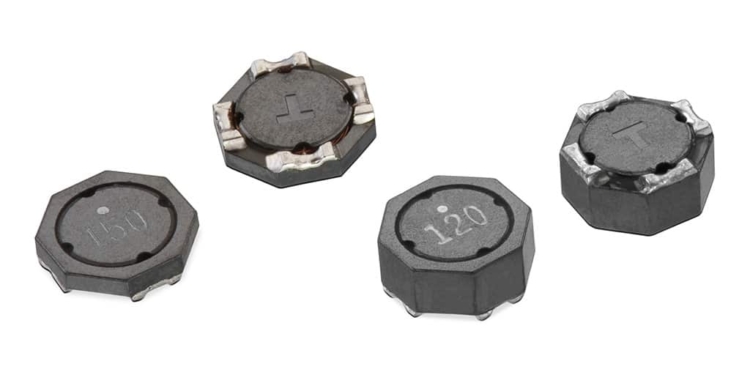Source: Würth Elektronik eiSos news
Waldenburg (Germany), 14 February 2019 – With its WE-TDC HV, Würth Elektronik eiSos presents a further double choke optimised for SMT assembly. The magnetically shielded 1:1 transformers with an isolation voltage of 2,000 V stands out from similar components through lower losses and a low level of stray inductance.
The WE-TDC HV product family encompasses nine different models – five in a 8038 package and four in 8018. The height of just 1.8 mm makes these chokes unique in their class.
WE-TDC HV chokes are specified for the extended operating temperature from -40 to +125°C and have a functional isolation for a working voltage of 250 VRMS. They are suitable for use in switching controllers with a second, unregulated output voltage, in buck, boost, Sepic, Zeta, and CUK converters, as well as in isolated converter applications with high packaging density (e.g. flyback converters).
The components packaged in 16-mm tapes are available from stock. You can request samples at any time.
































